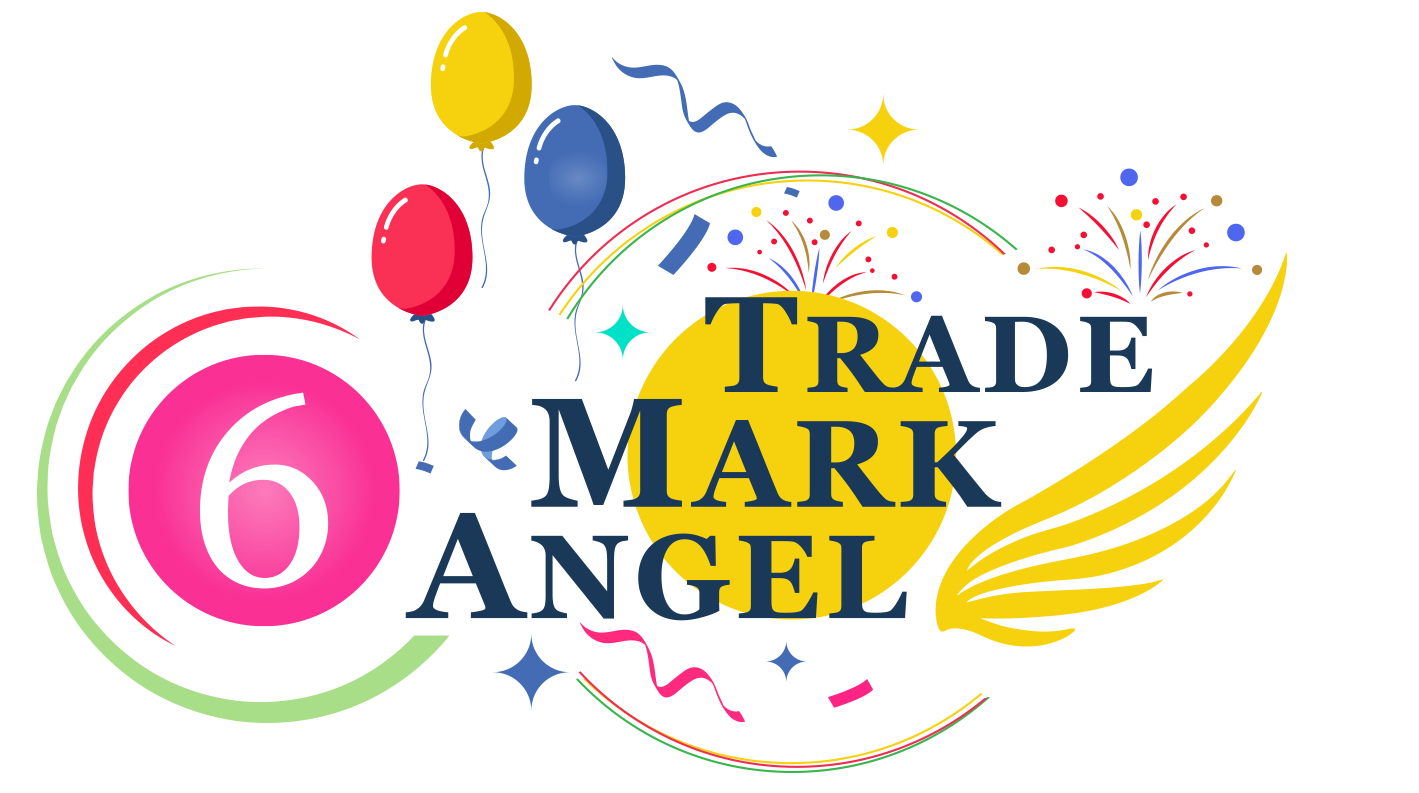Why and how are trademark applications divided in Canada and the U.S.?
If you have reached this article about dividing a trademark, then chances are, you already know that a trademark application is a step-by-step procedure and heavily involves classification of goods/services that a trademark is being used on or is intended to. Two of the most important stages of an application are the examination stage and the opposition period where applicants may face obstacles to the successful registration of their trademarks. At the examination stage the obstacles come from the Trademarks Office examiner and at the opposition stage they may come from 3rd parties.
A procedural maneuver that allows a trademark to be allowed when its application would have otherwise been barred entirely is the requesting for the division of an application.
During Examination
A trademark application in US and Canada becomes problematic during examination when any of the following occurs:
- If a confusion objection is raised with respect to particular goods or services of an application; or
- If a clearly descriptive objection has been raised or maintained in relation to some of the goods or services of the application.
An applicant will usually first try to argue against these objections. If the examiner maintains or insists on the objections, the applicant may decide to divide the application.
When an application is divided, a child application will be created for the classes, goods and/or services that the examiner did not find any issue with. The child application will proceed to publication in the US or to advertisement in Canada.
The problematic classes, goods and/or services will remain in the parent application and will remain pending in the examination stage until the objections are overcome by the applicant.
Dividing a trademark in Canada:
During Opposition
In both the US and Canada, an application may successfully pass the examination but face an impediment if a third party filed an opposition against the application. Any third party who believes that they will be damaged by the registration of a trademark may file an opposition. Third parties will usually point out the classes, goods and/or services that they have a problem with.
An applicant may divide the application to carve out some of the classes, goods and/or services that are not being opposed by the third party or are unrelated to the opposition issues.
Similar to dividing a trademark during examination, a child application will be created for the classes, goods and/or services that the opposing third party does not have any issue with. The child application will pass the opposition stage and proceed closer to registration.
The opposed classes, goods and/or services will remain in the parent application and will remain pending in the opposition stage until the opposition proceedings are terminated.
During Allowance for US Applications with Classes Based on Intent to Use
In the US, a trademark must first be in use in commerce. If an application with multiple classes based on intent to use is allowed, a Statement of Use must be filed and accepted before the application is issued registration.
It is possible for an applicant to be already using the mark in some of the classes covered by the application but not in all. In which case, the application can be divided.
A child application will be created for those classes that are already in use or for classes for which a statement of use will be filed. The child application will thereafter proceed to registration.
The classes that are still not in use will remain in the parent application. The parent application will remain pending and will need extension/s of time until the Statement of Use is filed.
Dividing a trademark in Canada:
In Canada Statement of Use is not required, so dividing at this stage will not be applicable.
Should you divide your application?
In many cases, dividing your application is advantageous. It allows you to create a 2nd independent application that will proceed to registration sooner. However, sometimes, it makes sense not to divide. Please consult with us if you are considering division of your application to see if it should be considered in your case.
Division of Application Fees
Division of an application is not part of our regular packages. In both the US and Canada, we charge $200 to divide an application and in the US the USPTO charges $100.
In addition, if you are dividing one class into two parts, you will be required to pay another filing fee of $350 because from the USPTO’s point of view, you are creating another class/application.
For example, let’s say you decided to divide your trademark application in class 25 that was filed for “swimwear; t-shirts; sweat shirts; pants; jackets”. You already sold swimwear but have not sold any other items of clothing, so “swimwear” will be put in a new child application and given a new serial upon filing of the Statement of use and upon payment of the extra government fees (US$100 to divide+$350t for the new class+$100 for the Statement of use, if filing it at the same time as the division rquest), while “t-shirts; sweat shirts; pants; jackets” will be kept in the parent application.
When you file another Statement of Use for your “parent” application (in our example for the remaining clothing items), it will require the payment of an additional government filing fee of $100 per class.
Our professional fee to file a Statement of Use is US$200 plus $50 for every additional class if you have filed for more than two classes and selected our SAIL THROUGH package. We don’t charge anything extra if you selected the ALL IN or BELLS AND WHISTLES package.
If you need to file for an extension, you will be required to pay a $125 government filing fee per class. Up to 5 extensions of 6 months each can be obtained from the USPTO. Our professional fee will be US$100 (for the SAIL THROUGH package). If you selected the ALL IN or BELLS AND WHISTLES package, there will be no additional professional fees.
In Canada, if the government filing fees were paid in the original application they would be considered as paid in any divisional application so there would be no extra fees for the request to divide.
If you have any questions about the division of your trademark, please don’t hesitate to contact us.
Dividing a trademark:
Article co-authored with David Bellen.







Leave A Comment